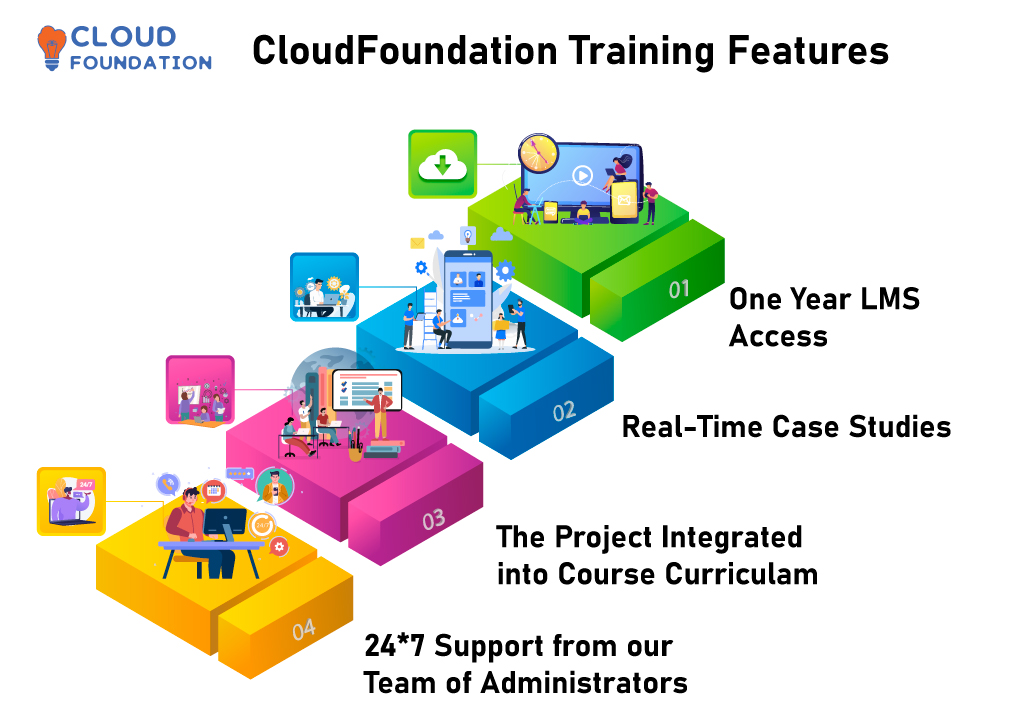ISO IEC 20000 Lead Implementer
ISO IEC 20000 Lead Implementer
⏰24 hours | ▶️ 24 Videos | 📣 8162 Participants | 🎓 3729 Reviews | 4.8 ⭐⭐⭐⭐⭐
Choose a Plan that Works for You
Self Paced
- Advanced sessions
- Interview Q&A
- Free study Materials
- Premium Technical support
Instructor Led Live Training
- Live Instructor
- Advanced sessions
- Interview Q&A
- Premium Technical Support
Corporate Training
- Live Instructor
- Advanced sessions
- Interview Q&A
- Premium Technical Support
Upcoming Batches PST
Weekday
| Feb 11(1 HR A DAY) |
| 07:00 PM PST |
| Enroll Now → |
Weekday
| Feb 27(1 HR A DAY) |
| 07:00 AM PST |
| Enroll Now → |
Weekend
| Feb 22(1 HR A DAY) |
| 07:00 PM PST |
| Enroll Now → |
Upcoming Batches IST
Weekday
| Feb 12(1 HR A DAY) |
| 07:30 AM IST |
| Enroll Now → |
Weekday
| Feb 27(1 HR A DAY) |
| 07:30 PM IST |
| Enroll Now → |
Weekend
| Feb 23(1 HR A DAY) |
| 07:30 AM IST |
| Enroll Now → |
Course Description
Get your ISO/IEC 20000 Lead Implementer training and know about advancing the necessary expertise to sustain an organization in implementing and governing IT SMS specified in ISO/IEC.
Implementation of SMS is based on this technology is assorted. High ISO HLS allows fluent integration with the help of consistent management systems. In addition, the standard incorporates practices validated to be beneficial in the service management industry.
Know this technical course in our online classes that are to be conducted on Weekdays and weekends available in a customized way. Just practical or theoretical knowledge won’t be enough. It would be best if you grabbed expertise for this tool in both ways.
Most MNCs offer a massive platform of possibilities for people who obtained hands-on experience using technology as security tools. So, have tutorials for this course with our experienced trainers.
Salaries for those streams are pretty impressive, so be a part of it and examine the technologies. Then, get guidance and discover an excellent job. ISO/IEC 20000 Lead implementer certification is provided better opportunities.

